Brake Fluid: All You Need To Know
Brake fluid is clever stuff, and rather important when it comes to making your car stop. It’s virtually incompressible, has a high boiling point, and yet costs buttons to buy. We dive into the details to help you understand more.
Don't over look the lifespan of your Brake Fluid
Brake fluid has a fair bit of responsibility put upon it, doesn’t it? When we step on the anchors, we rely on it to do the necessary work under pressure and bring things safely to a halt. Yet, like most other car components, it has a finite lifespan and shouldn’t be overlooked as an essential element of a routine maintenance schedule.
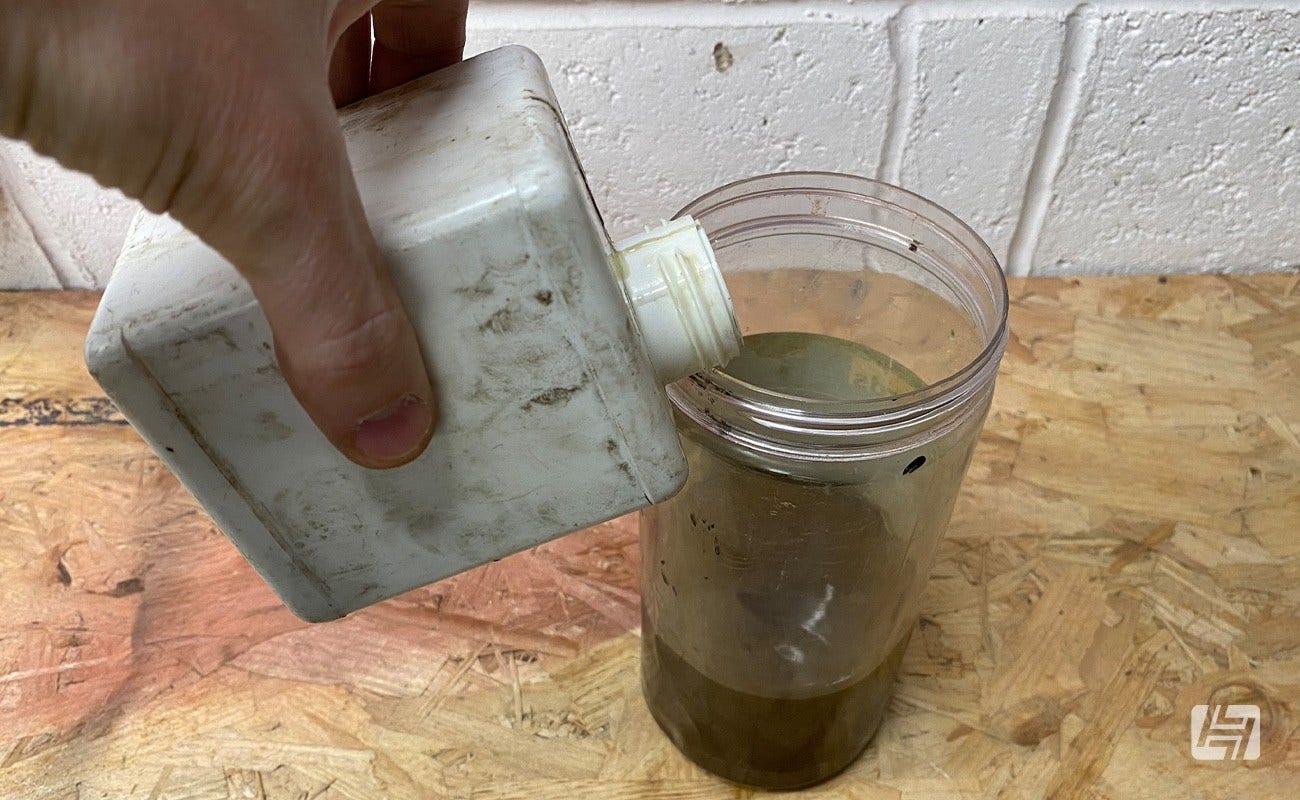

Brake Fluid absorbs moisture
The problem is, despite its complexity, brake fluid is hygroscopic – in other words, it absorbs moisture that permeates through the rubber hoses, seals, and via various fittings. As soon as moisture has been absorbed, the fluid becomes less efficient at its job. Not only that, but the moisture can corrode the brake system’s internals, causing caliper pistons and wheel cylinders to seize and metal brake pipes to rust from the inside out. This is why it's so important that brake fluid should be replaced every two years.
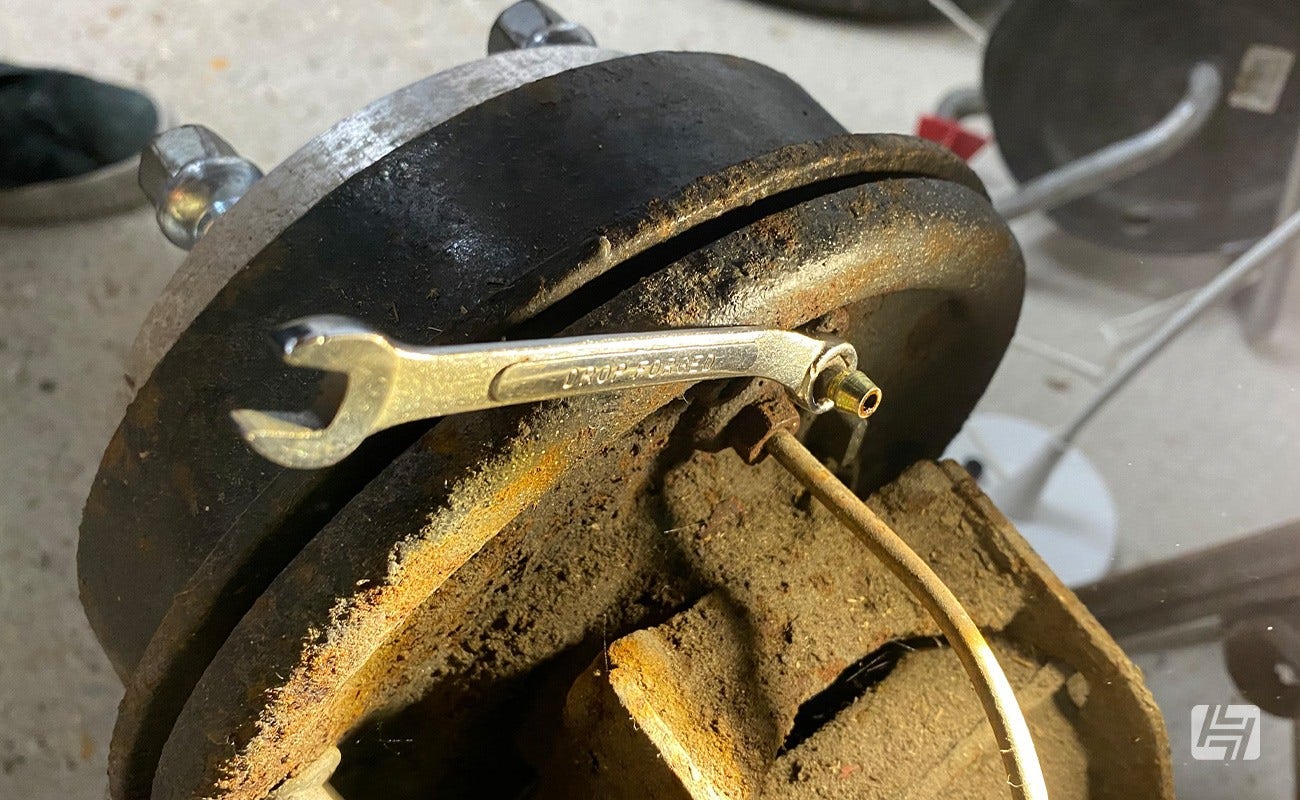

Which brake fluid do I need?
All brake fluids must comply with North American DOT specification and most cars use either DOT 3 or DOT 4 glycol ether-based types. The latter has a slightly higher boiling point and is said to absorb less water, so it is often seen as an upgrade for cars that were originally designed to use DOT 3. Both are compatible, so you can mix them together if you should so wish. We stock DOT 4 brake fluid for Porsche and VW vehicles.
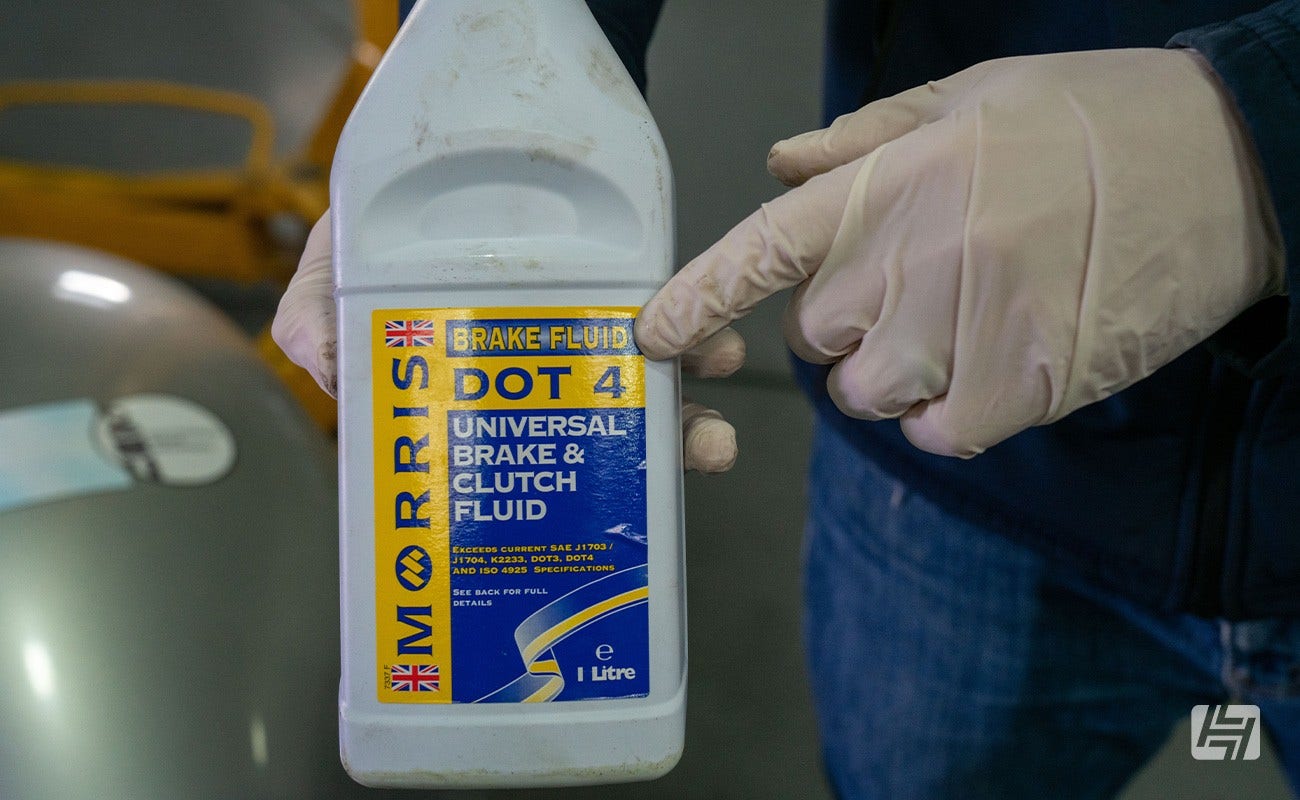

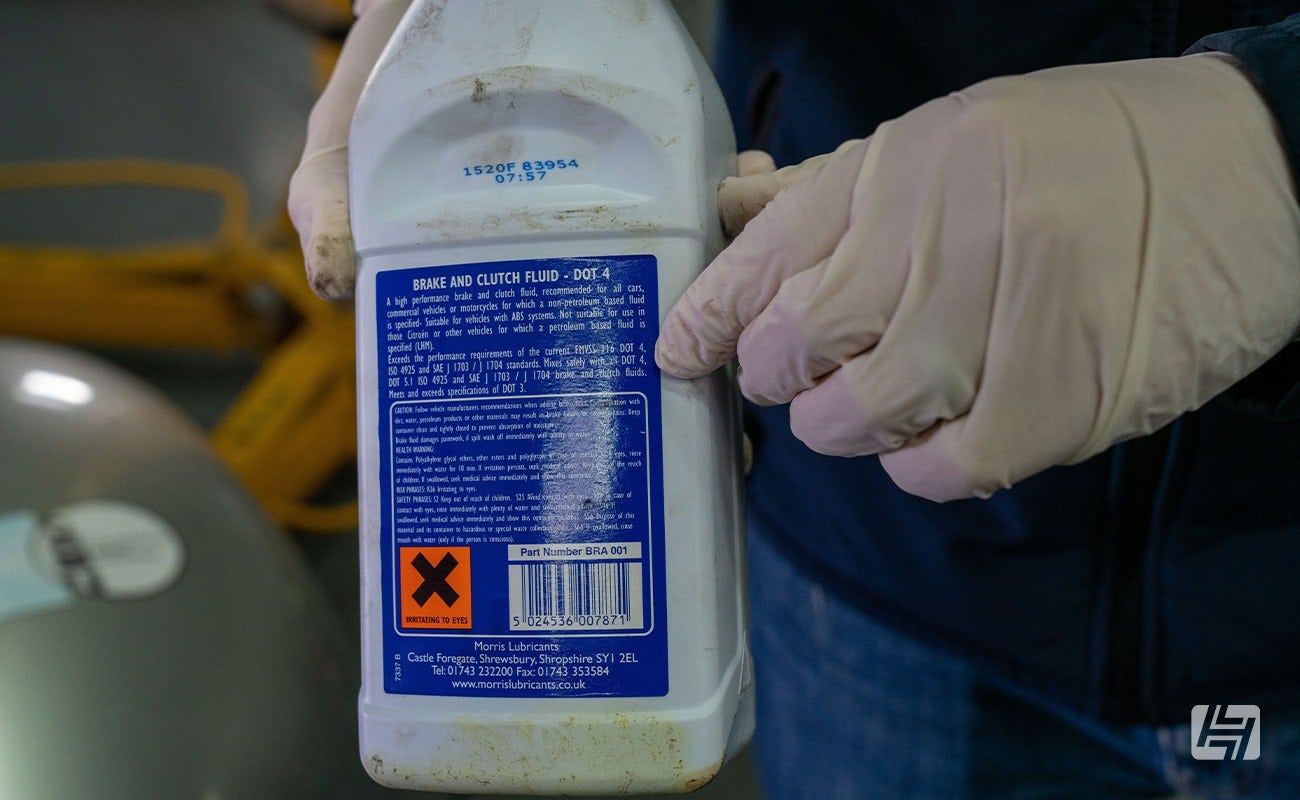

What do the Brake Fluid DOT numbers mean?
On top of DOT 3 and DOT 4 there are a couple more, but be careful with them. Let's jump to DOT 5.1. It has an even higher boiling point than DOT 4, but it is considerably more expensive to buy and generally only used on competition and high-performance cars. Strangely DOT 5 is a different beast! DOT 5 is a silicon-based fluid, which means you can’t mix it with other brake fluids. It has a 500F boiling point, just like DOT 5.1, but with its silicon base it isn't hygroscopic and it won't strip your paint off if you spill it. It is considered to be slightly more compressible, which could cause issues if your vehicle has ABS and Traction Control. Incidentally, don’t pay any more for brake fluids that shout about being ‘synthetic’ – they’re all synthetic.
How can I tell my brake fluid needs changing?
Fresh brake fluid is a light straw colour, but as it becomes contaminated with water or debris from failing internal seals, it becomes much darker. As moisture is absorbed, the fluid’s boiling point becomes lower. There are specialist devices to assess a brake fluid’s boiling point, but they’re expensive, and only bigger garages are likely to have them. Either way, adhering to the two-year regime and flushing the whole system through with fresh, new fluid is always the best, most fail-safe method of ensuring it’s still able to do its job properly. Some brake fluid reservoirs have a filter that traps debris, so make sure it’s clean before changing your fluid. Don’t forget that brake fluid will strip paint in seconds so be super careful to avoid any drips.
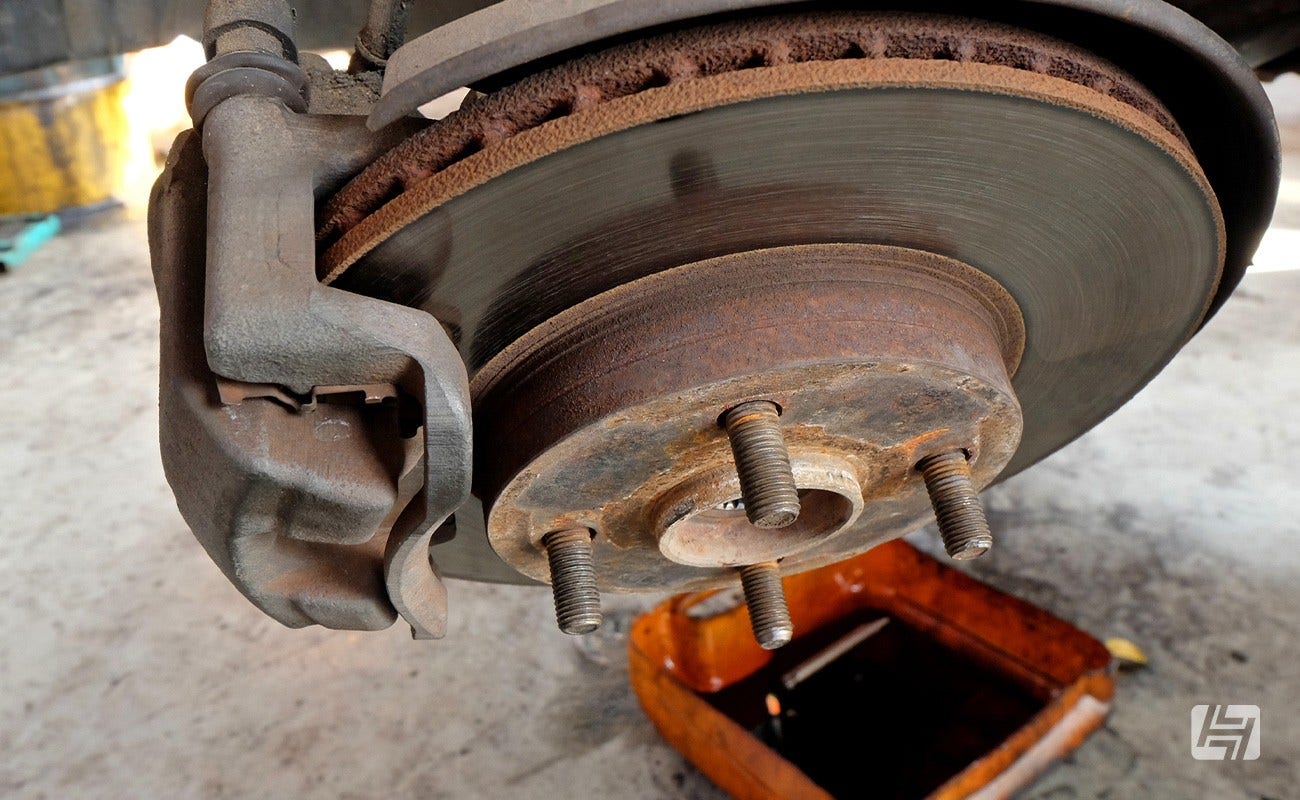

How do I change my brake fluid?
Unlike renewing the engine oil on your car, brake fluid is changed by draining the old fluid out at the bottom, while the new fluid is poured in at the top. Because it is a hydraulic fluid, it is vitally important that no air gets into the pipework, hence the need to bleed the brakes of any air. In short, bleeding your brakes is done like this. Starting with the brake caliper or wheel cylinder furthest away from the brake master cylinder, and connecting a pipe onto the bleed nipple, and then dropping that clear pipe into a container of new brake fluid. Ensuring the reservoir never runs dry (as it will let air in), open the bleed nipple, and then pump the brake pedal. This pumping will draw new fluid into the system, and push the old fluid and any air in the system out. At the point the pedal becomes firm, and the fluid runs out clear, move onto the next corner, and repeat.
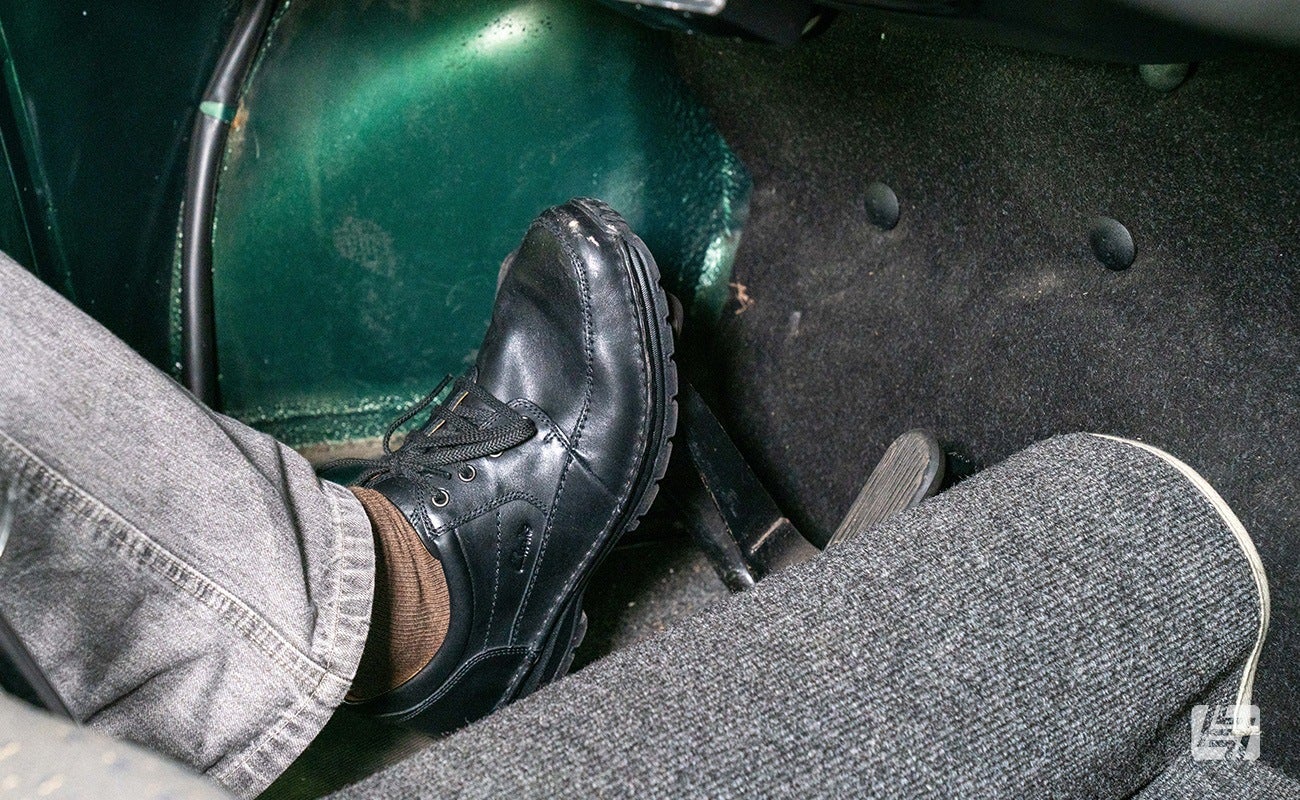

Bleeding brakes on your own
You can also buy a ‘one-man’ kit that features a one-way valve in the pipe which makes life easier if you can’t find an assistant; we offer a version by Gunson’s called the Eezibleed brake bleeding kit here. Another method that enables you to bleed the brakes on your own is to use a pressurised bleed kit, powered by compressed air from a car tyre. These supposedly reduce the risk of damaging the master cylinder seal, which can happen when the brake pedal is fully depressed.
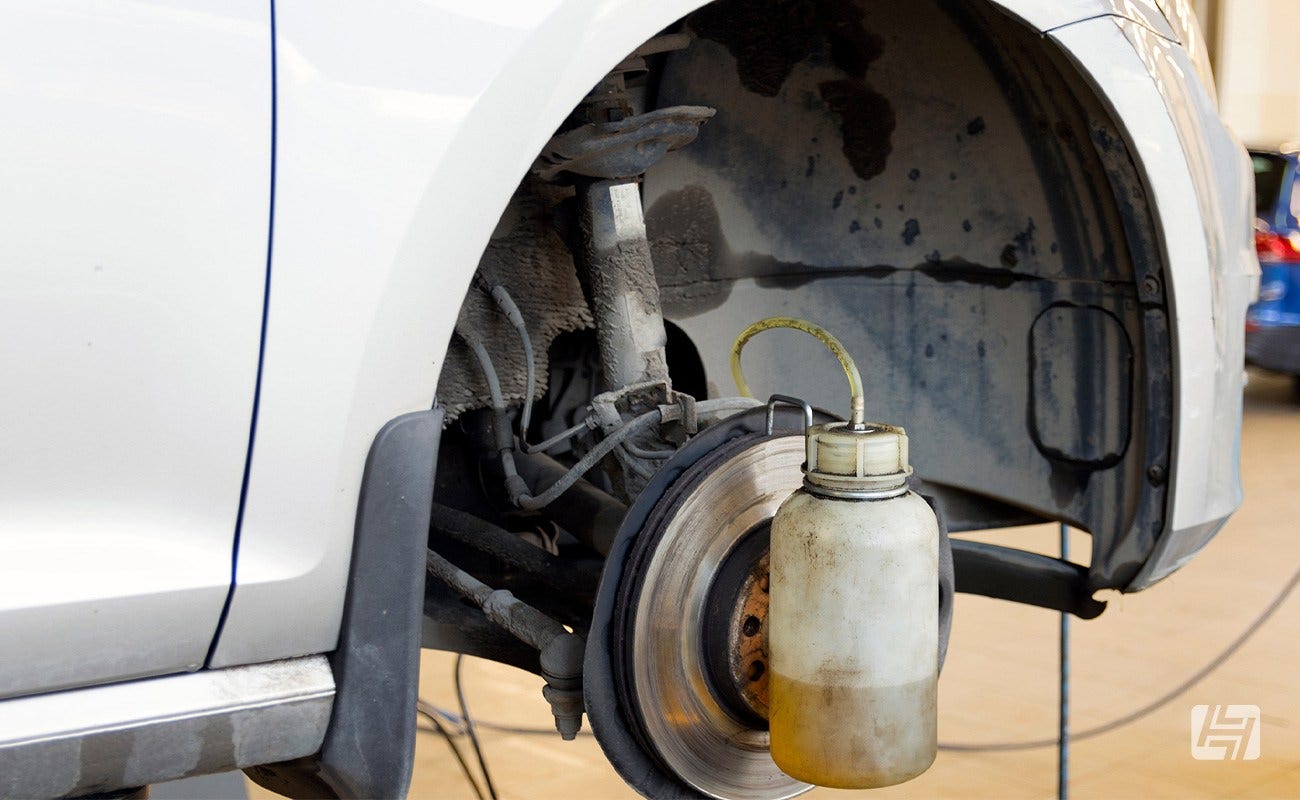

Another option, instead of pressure bleeding brakes, is to vacuum bleed them instead. The principle is just the same, but instead of pushing fluid through the system, you draw it out using a hand-held pump. The old methods often work out simpler and cheaper though! I hope this helps.
Ian Cushway




 Bug
Bug
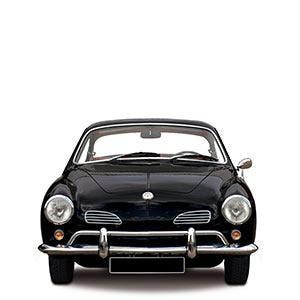 Karmann Ghia
Karmann Ghia
 Bay Bus
Bay Bus
 Vanagon
Vanagon
 Eurovan
Eurovan
 Transporter T5
Transporter T5
 Rabbit Mk1
Rabbit Mk1
 Golf Mk2
Golf Mk2


 911
911
 996
996
 997
997
 986 Boxster
986 Boxster
 987 Boxster
987 Boxster
 912
912
 944
944
 924
924


